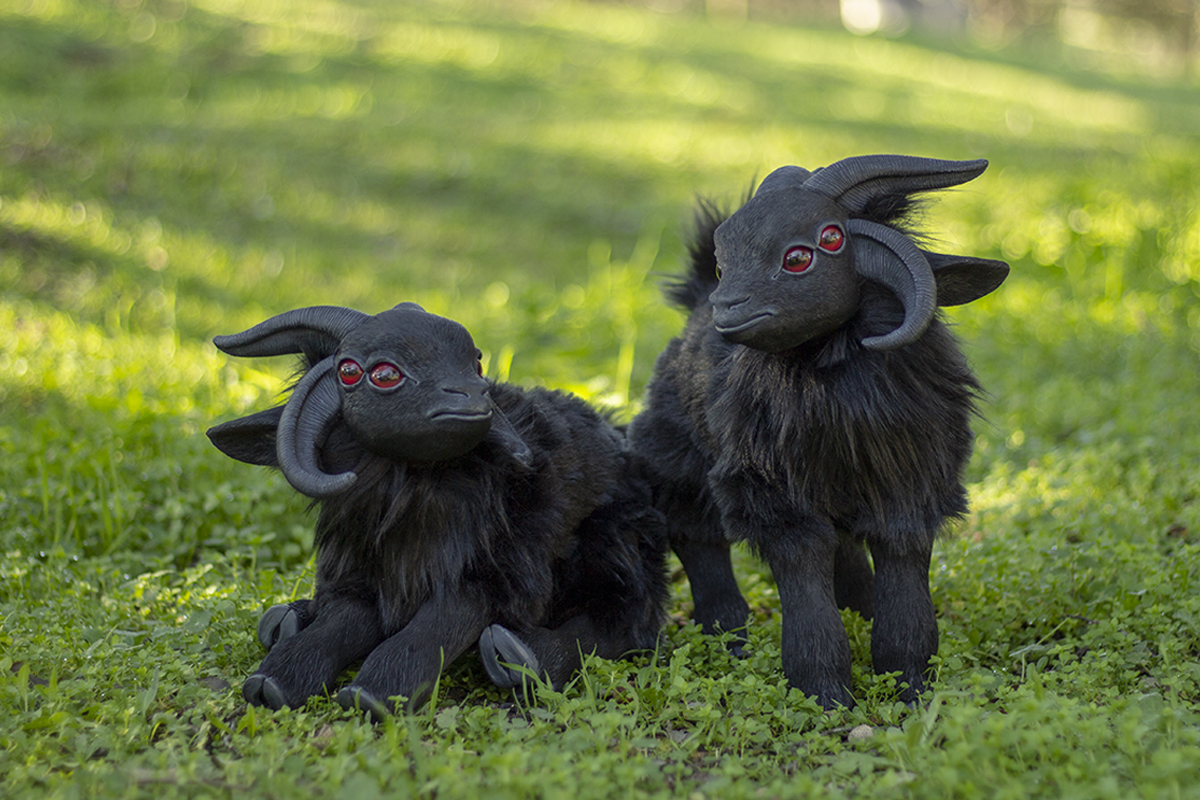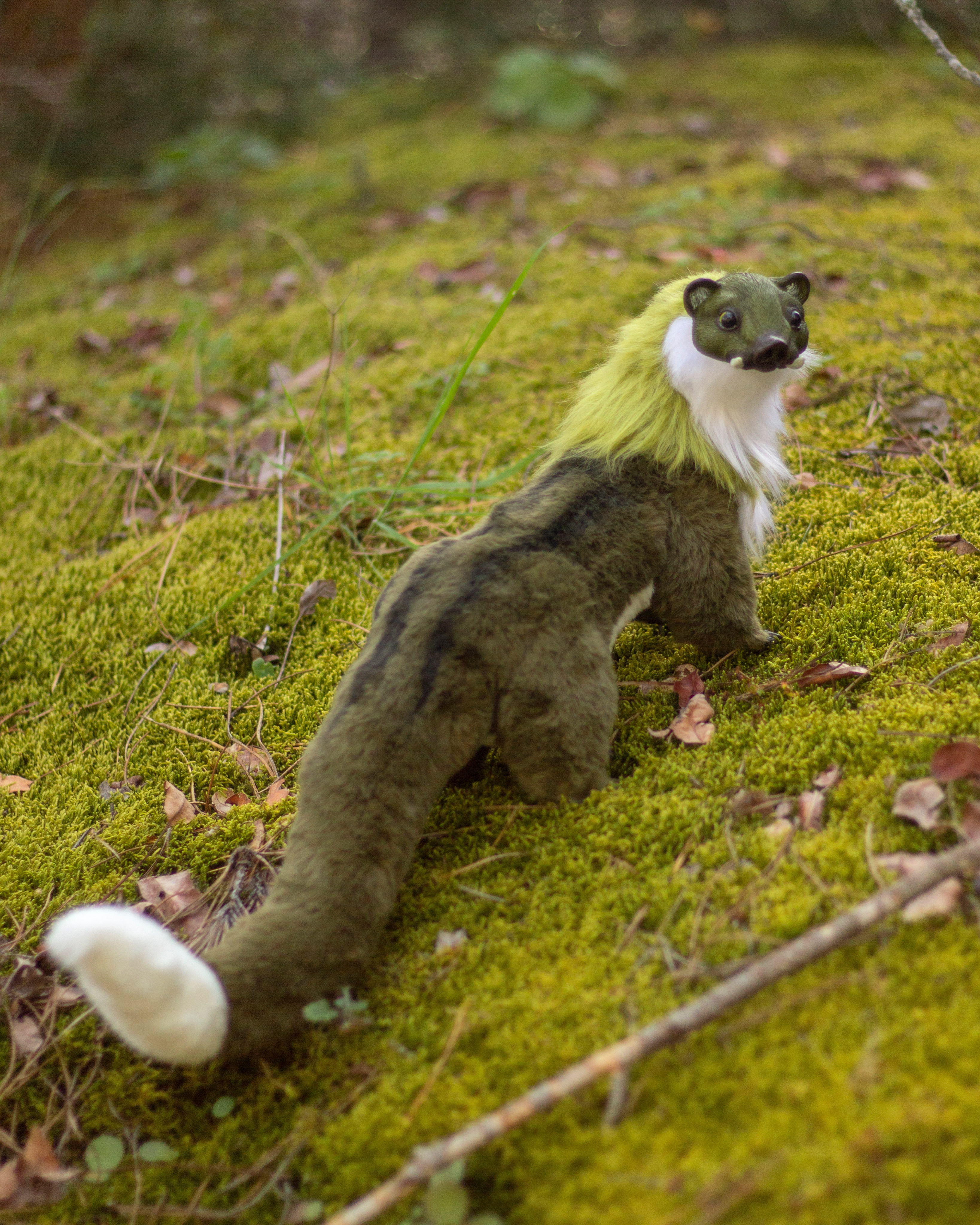Page still under construction. New creatures will be added soon.
AKERBELTZ
[Text from @occvltacrafts] According to historian Julien Sacaze, the pre-Roman agrarian deity know as Aherbelste could have been the origin of the Basque Akerbeltz, literally ‘black billy goat’. Once a deification of wilderness it bacame a protector of cattle and later in time, perhaps because of its link with other horned deities like Pan, it became a suitable image of the ‘Master of Witchcraft’.
Akerbeltz (Basque Aker- meaning ‘male goat’ and -beltz meaning ‘black’) would be demonized in Pyrenean regions and transformed into a folk representation of the Devil, which had its parallels in Catalan witch trials with Boc of Biterna, in Aragón with the Boch/Buch and in France with the Bouc. Still, its connection with fertility and apotropaic virtues is retained in Pyrenean folklore.


· · ·
AMABIE
Amabies are myserious Yokai. The look like some sort of Japanese merfolks with three tails or legs, beak, scaled body and long hair.
According to the legend,
an amabie appeared to an official in Higo Province in Japan around mid may in 1846 when he went to the sea to investigate a strange light that had been seen in the waters for some days, to
deliver a prophecy about
good harvests continuing for six years, but also predicted the
spread of an epidemic. But the mysterious creature also gave him the key to fight the desease though, as
those who saw its image, would be protected against the plague.
Afterwards,
it returned to the sea, never to be seen again. The official followed the creature's indications and made a portrait of it, which was later on printed in the woodblock-printed bulletings of the era, to protect the population against the epidemic.

· · ·
RAMIDREJU
The ramidreju is a fake mythological creature, supposedly from cantabrian folklore in Nothern Spain. But how can a mythological. creature be fake?
The Ramidreju is, in fact, a creature created by the Spanish writer, journalist and folklorist Manuel Llano (1898-1938). In some of his books, Llano compilated popular tales and legends from the Cantabrian folklore, but he didn't have any problem incorporate so many of his own invention, including creatures such as the ramidreju, without any kind of mythological basis.
These creatures are similar to a
green weasel with the face of a hog. They are
extremely rare, since they are
born every 100 years. The
dig tunnels, have the
ability to find hidden treasures and
their gall has the power to cure all illneses, which is the reason why Anjanas, a type of Spanish faeries, usually drink it.





